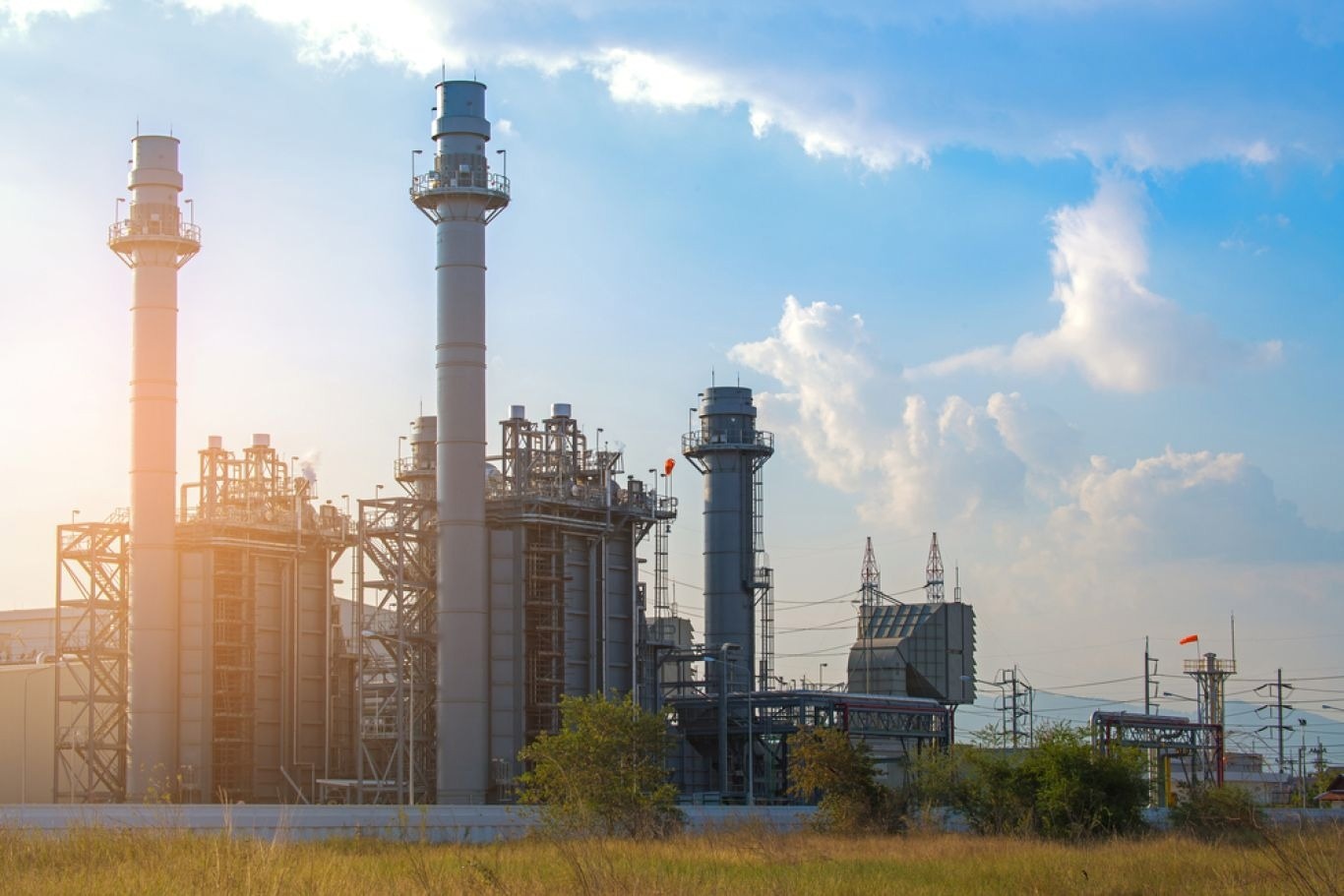Recent amendments made to 40 CFR 60 and 63 have enhanced EPA regulation of flare gas. Fenceline monitoring requirements are also encouraging the incorporation of real-time gas analysis solutions at a range of different industrial sites, all the way from oil refineries to downstream hydrocarbon manufacturing.

Environmental Applications for Real-Time Mass Spectrometer Gas Analyzers. Image Credit: Process Insights — Extrel
Industrial mass spectrometers offer rapid, constant updates of the required compliance parameters as well as further clarification for overall process controls and safety. Utilizing real-time mass spectrometer gas analyzers, this article provides several examples and data from flare gas, fenceline, fuel gas and air monitoring environmental applications.
Mass spectrometry is an analytical method that leverages the molecular mass of substances for identification and quantitation inside a vacuum chamber where the ionization of gas and vapors takes place.
Electric fields are then generated by the quadrupole to filter the ions. Ions of a certain mass are picked out to go to the detector. From the ion current measured, the composition of the gas sample is calculated and fed back in real-time to the user.
Mass spectrometers, by nature, are all-rounders: there is no class of molecules beyond its analysis capabilities, and it is rather fast. When measuring 80 or 100 sample points that are distributed throughout a facility, many dedicated analyzers would typically be required, with all of the extra and necessary maintenance that comes with it. However, a mass spectrometer can do it all in one.

This information has been sourced, reviewed and adapted from materials provided by Process Insights — Extrel.
For more information on this source, please visit Process Insights – Mass Spectrometers.